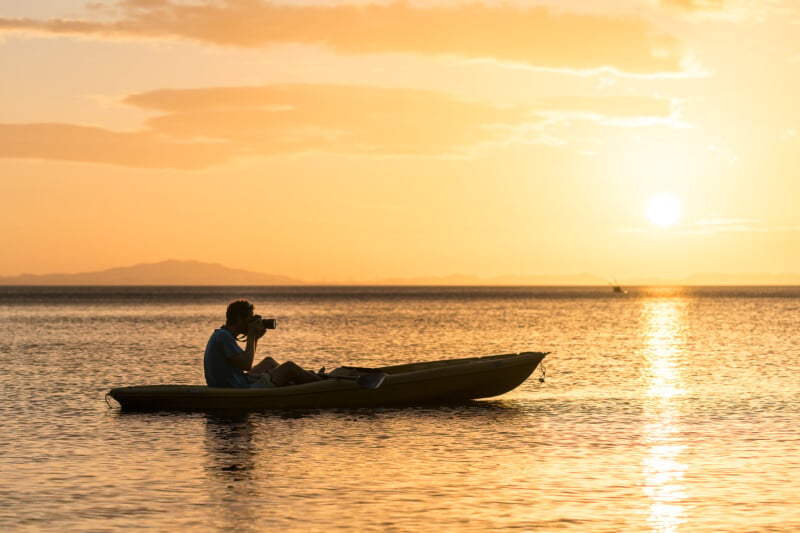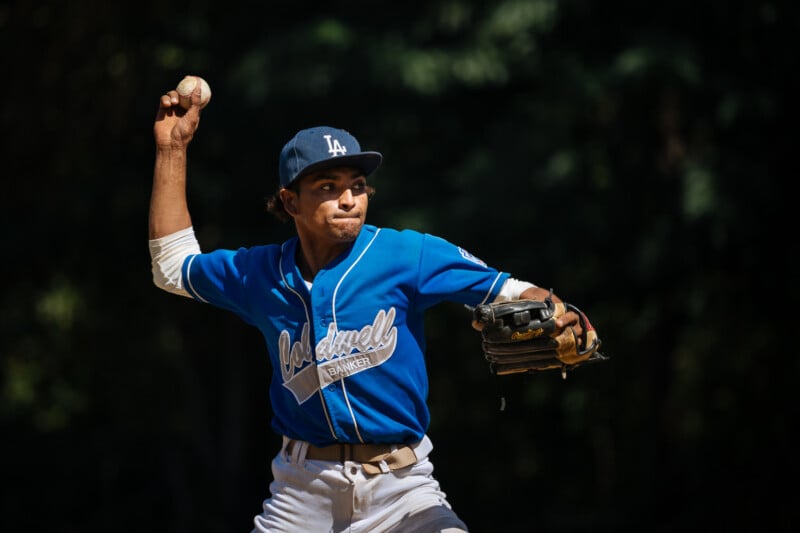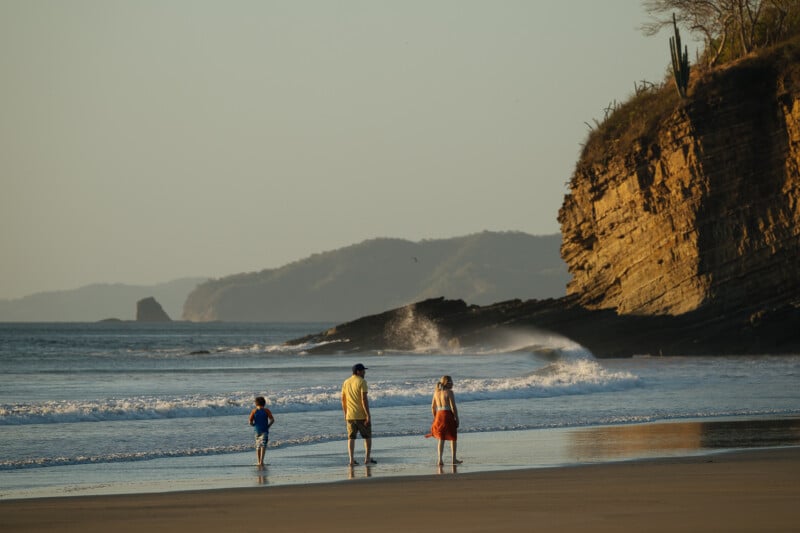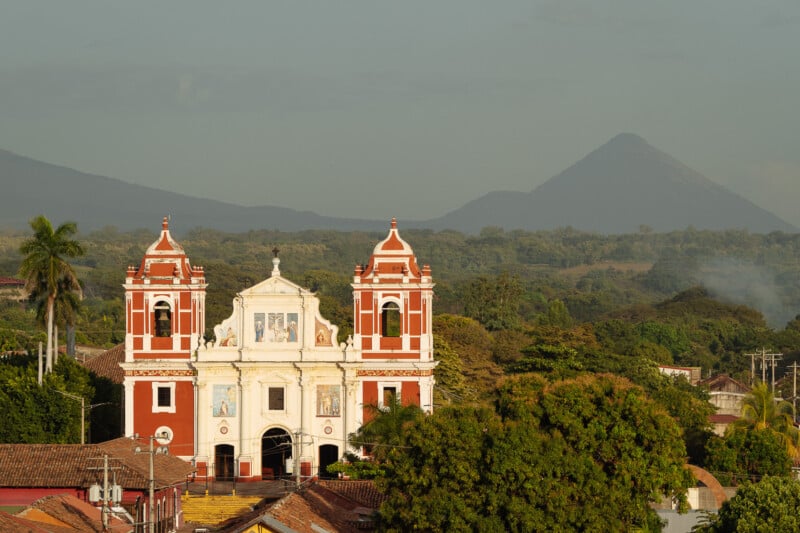I Got My Camera Drone Confiscated in Nicaragua. Lesson Learned.

As I passed through the airport security in Managua, Nicaragua, on December 30th, 2024, my heart sank — the LowePro camera bag had been flagged and was being taken aside for checks. The handler found what he was looking for: my DJI Mavic Pro Drone.
This was a blow because my original plan was to travel overland through Nicaragua and enter Costa Rica at its northern border. However, it was better than being told the drone was confiscated permanently!

This was all down to a lack of full planning on my part, and I’m writing this so hopefully other photographers don’t make the same mistake when entering Nicaragua, or another country with similar regulations. While at the airport, I did see other travelers having the same issue.
I’d recommend that when planning a trip, you always do the research into the current rules for drones. A couple of handy websites you can bookmark and use are Drone Safety Map and Country Drone Laws.
And it is also worth checking Reddit and TripAdvisor to find people with recent experiences of bringing drones into destinations, because rules might have changed.
Here is the (surprisingly) long list of countries that restrict or prohibit drones from being brought in:
- Algeria: Complete UAV ban; drones confiscated at entry.
- Antarctica: Drone use fully prohibited—protected for wildlife conservation.
- Barbados: Once banned, now requires a temporary import licence, applied for six weeks in advance.
- Bhutan: Strict prohibition; drones confiscated at customs.
- Brunei: Drones are banned; customs will seize them.
- Cuba: Importing drones is forbidden; they’ll be confiscated and possibly returned only upon exit with a hefty fine.
- Egypt: Flying requires near-impossible permission from civil aviation—drones often seized.
- Ethiopia: No clear laws exist, but without prior clearance from aviation authorities, bringing a drone is risky.
- India: Foreigners face confiscation unless navigating a complex approval process involving licensing and dealing with telecom/aviation authorities.
- Iran: Unauthorised drones are banned; confiscated at customs; some areas like Mazandaran have region-specific bans.
- Iraq: Drone import and use banned, typically confiscated.
- Ivory Coast (Côte d’Ivoire): Drones banned; likely to be seized on arrival.
- Kenya: Effective ban remains for most visitors due to stringent permissions needed from defense and aviation authorities.
- Kuwait: Drones are banned; entry often leads to confiscation.
- Kyrgyzstan: Prohibited; drones confiscated upon detection.
- Madagascar: Outdoor drone use and import strictly forbidden without a special commercial permit.
- Morocco: Drones are outright banned. Import and private use usually result in immediate confiscation.
- Nicaragua: Zero tolerance policy—drones confiscated on entry.
- North Korea: No published guidelines, but strict controls and an extreme security environment make it virtually impossible to bring a drone.
- Saudi Arabia: Previously banned, now allowed only via a tightly controlled permit system through GACA. Still risky for tourists.
- Senegal: Drones are illegal; confiscation likely.
- Syria: Drone import/use banned.
- Tunisia: No clear regulations—but travellers report confiscation of drones on arrival.
- Uzbekistan: Prohibited; could result in legal penalties.
I was not on assignment in Central America, but was using free time in January to shoot personal work and explore the two countries for the first time, also with the aim of selling the work later on for editorial or stock.









I had plans to use the drone for pictures of the Masaya Volcano in Nicaragua; this was the main photograph I had come to the country to capture, so obviously, a massive disappointment to have this setback upon arrival. It is one of the few places in the world where you can see a live volcano with lava flowing.

I used a Nikon Z8 Camera with an older F-mount Nikon 19mm PC lens, and I shot 3 images and then stitched them together to achieve this very wide view showing the crater and horizon. I timed my visit to coincide with twilight, when I knew the best lava colours would come out, but wanted to keep some ambient light.
About the author: Ben Pipe is a travel, landscape, and portrait photographer. You can find more of his work on his website and Instagram.